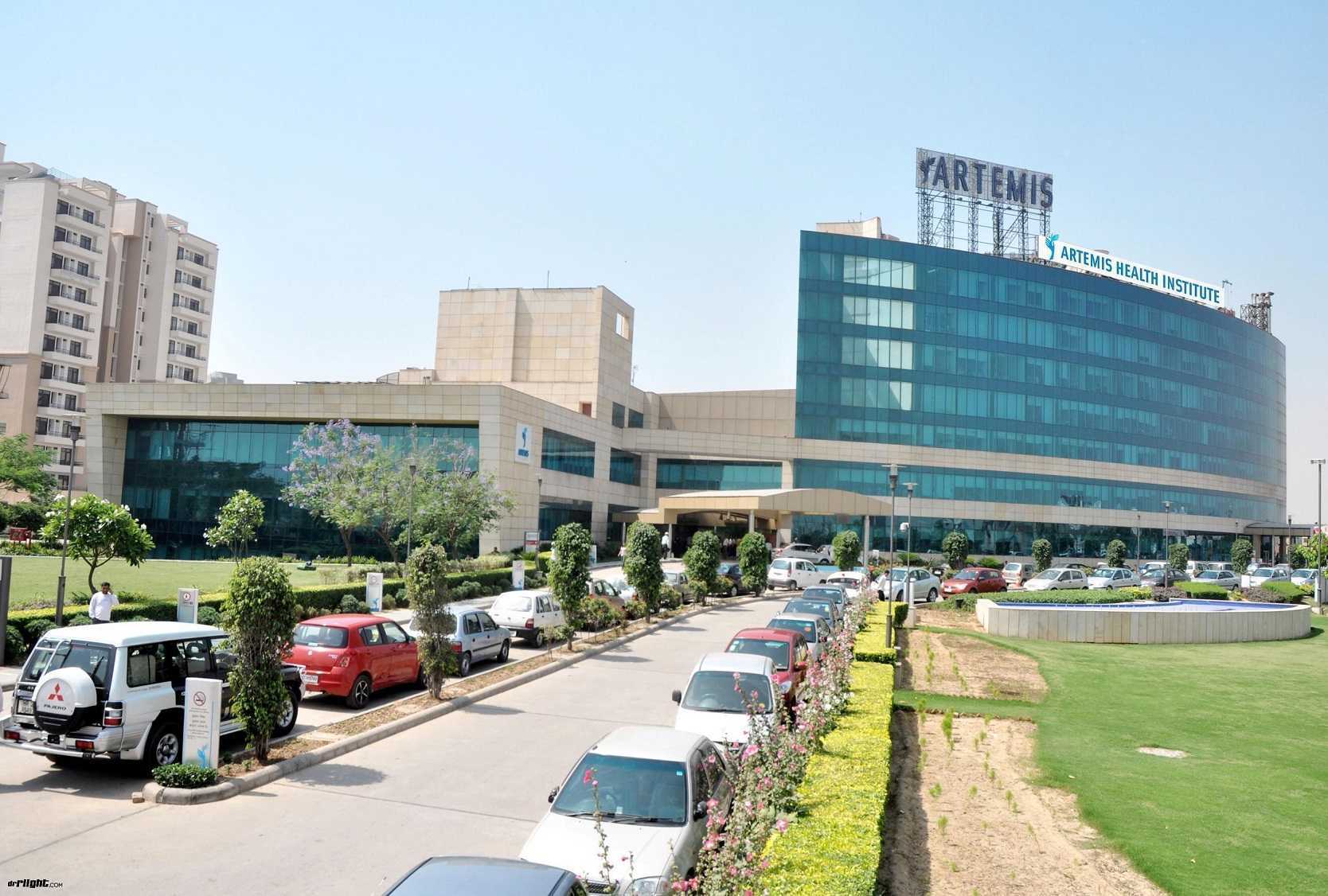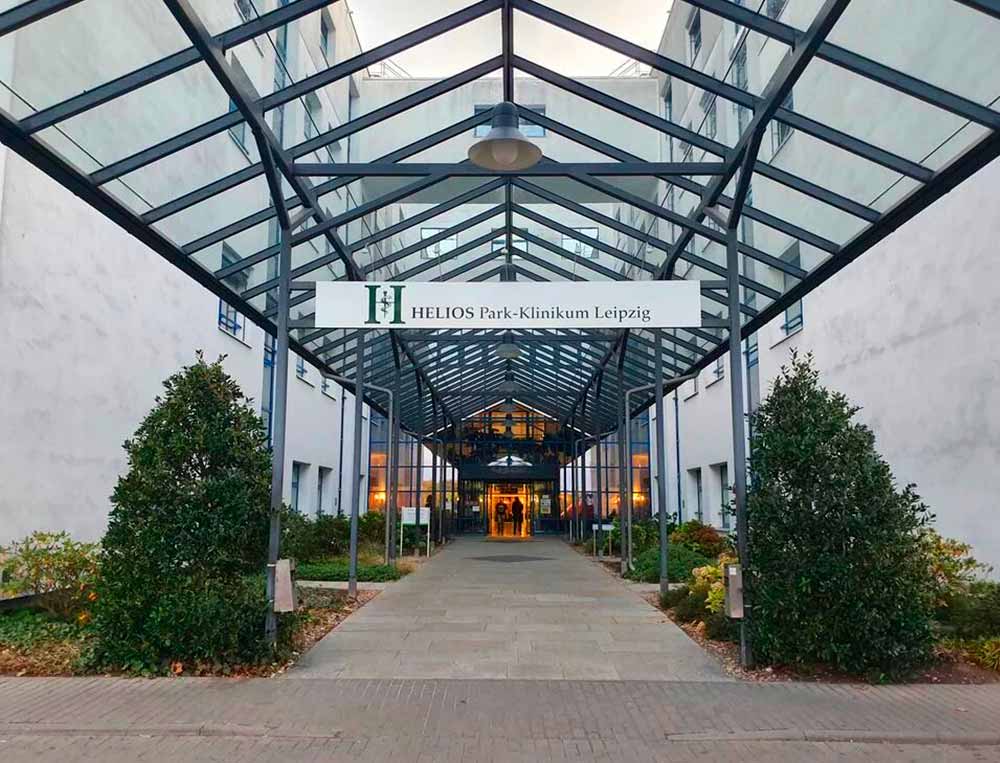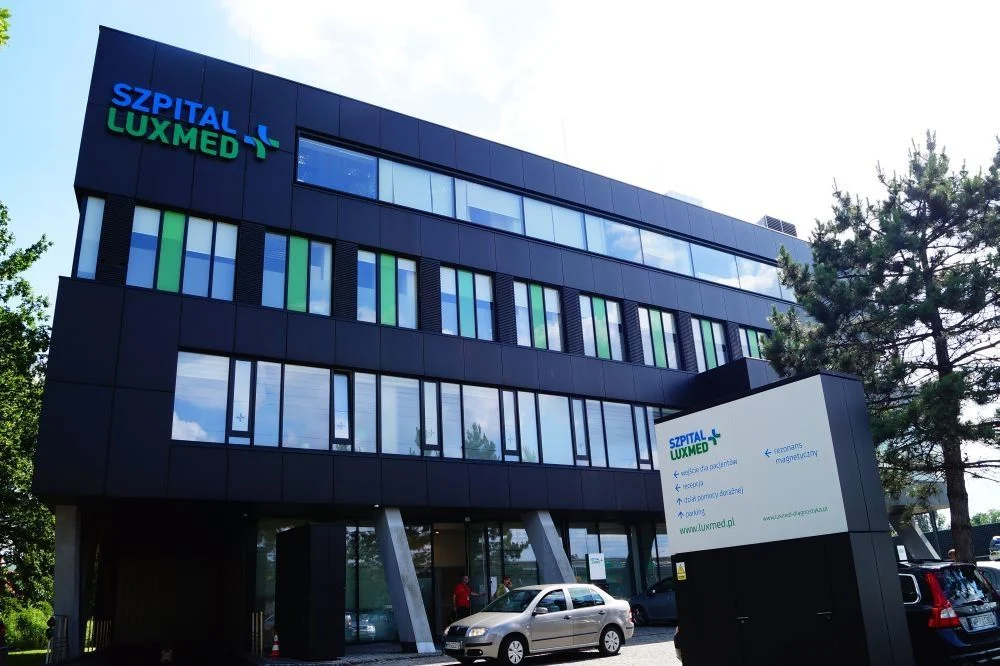Cholelithiasis Gallstones: Its Nature, Health Influence and Treatment
Cholelithiasis definition
A gallstone – solid bile formation, a fluid necessary for digestive processes. It appears in the gallbladder. Stones range in size from a sand grain to small balls. Their number in patients also varies.
Mostly, cholelithiasis gallstones don’t manifest themselves. Nevertheless, sometimes, pathology severity is so high the only way out of its elimination is the complete organ removal.
Causes of stones in the gallbladder
Exact pathology roots haven’t been identified. Experts identify several factors contributing to the appearance of cholelithiasis ICD 10.
- Bile contains excessive cholesterol – the liver produces it in excess, consequently, the gallbladder can’t cope with the substance breakdown.
- There’s too much bilirubin in bile – with infectious inflammation in the liver and with some circulatory system illnesses, bilirubin accumulates in the gallbladder, provoking the stones formation.
- Bile doesn’t completely leave the gallbladder, becoming too concentrated over time.
In the following cases, risks for pathology developing is higher:
- women are more susceptible to it;
- age category 40+;
- overweight or obesity;
- insufficient daily activity;
- pregnancy;
- the diet has too much cholesterol and fat, but not enough fiber;
- pathology presence in family anamnez;
- rapid loss of body weight;
- a course of certain meds, particularly, oral contraceptives, hormone therapy, etc.;
- liver defects.
Cholelithiasis gallstone symptoms
Presence of solid bile masses in the gallbladder may be asymptomatic. If a stone blocks the bile duct, it provokes a blockage accompanied by following gallstones symptoms:
- sudden and rapidly increasing ache in stomach;
- pain between the shoulder blades, radiating to the right shoulder;
- nausea bouts;
- ache in the gallbladder: it can last for several hours.
Cholelithiasis gallstone diagnosis
To make an accurate diagnosis, experts use the following diagnostic techniques.
- Complete blood test – inflammation detection.
- Ultrasound and CT – obtaining an internal gallbladder image.
- Magnetic cholangiopancreatography – gallbladder image obtained with magnetic impulses.
- Cholescintigraphy – to check if the gallbladder is contracting properly. With this technique, foreign material is introduced into the organ. Its movement is monitored by a specialist.
- Retrograde cholangiopancreatography – bile ducts examination through endoscope.
- Ultrasound examination and endoscope – combined diagnostics for stones detection.
Cholelithiasis gallstone treatment
If the gallstones don’t show any symptoms, treatment isn’t required. Small formations leave the organism on their own. If the formations reach too large sizes, the gallbladder is completely removed – the organism can digest food in its absence. For this, the following surgical methods are used.
- Cholecystectomy with laparoscopic – using this instrument, inserted into the abdominal cavity, the doctor removes the gallbladder.
- Cholecystectomy through a large abdominal incision – after surgery, patients recover for quite a long time.
If, after a comprehensive examination, specialists decide the operation isn’t necessary, then the formations are dissolved with special meds. In some cases, it takes years to eliminate formations in this way. There’s no guarantee there won’t be remission.










